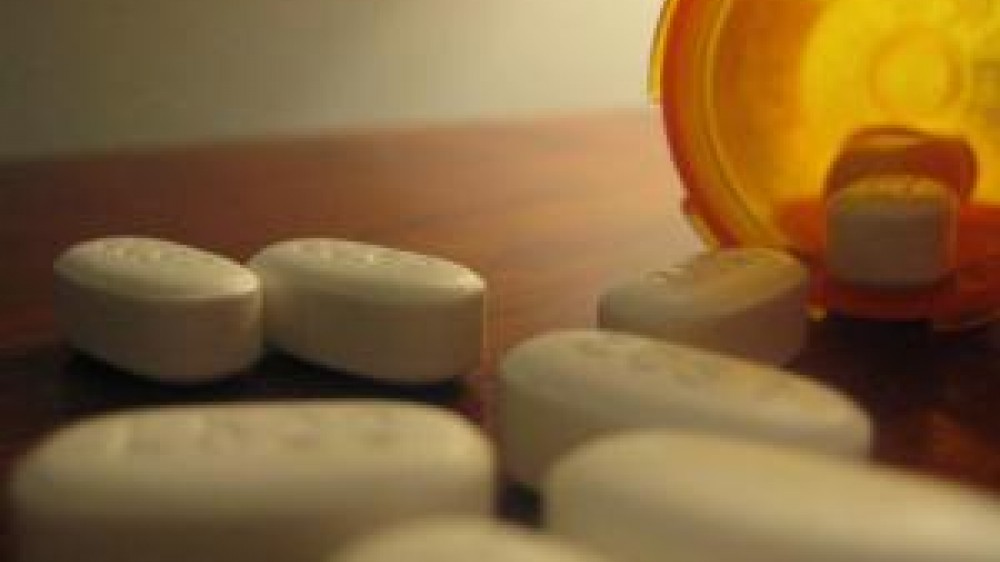Opportunities to apply the 3Rs in safety assessment programmes

A recent review has summarised current and future opportunities to apply the 3Rs in the safety assessment of pharmaceuticals, highlighting scientific, ethical and financial benefits to the industry.
This invited publication in the ILAR Journal is part of an issue themed ‘Technology, the 3Rs, and Pharmaceutical Development’. The review was written by NC3Rs staff (Drs Fiona Sewell, Joanna Edwards and Helen Prior) together with Dr Sally Robinson, Head of Laboratory Animal Sciences at AstraZeneca.
The NC3Rs is in a unique position to act as an honest broker and bring together the industry and the regulators. The review features a number of large NC3Rs-led initiatives with the pharmaceutical industry and the regulators, as well as the other collaborations that we are part of. We use the 3Rs to challenge and review practices and regulatory requirements so that they incorporate the most up-to-date scientific advances and techniques, with better focus on the scientific question. For example, by enabling data sharing we can act as a catalyst for change, highlighting examples of good study design for uptake by the wider industry.
The publication features NC3Rs projects in the area of drug discovery and development such as:
- Recommendations on the use of recovery animals to support first-in-human clinical trials. Recovery animals are included many toxicology studies to determine whether animals can recover from any adverse effects caused by the compound being tested. However, assessment of recovery does not necessarily need to involve animals. We have developed recommendations that move away from a default approach to the inclusion of recovery animals and instead encourage science-based case-by-case consideration.
- Microsampling, or the use of smaller blood samples, for example to assess levels of circulating drug. This refined technique reduces animal use by allowing samples to be taken from main study animals, reducing the need for satellite animals. At the same time, it offers scientific advantages such as linking exposure to adverse effects in the same animal.
- Refinement of non-rodent housing during cardiovascular telemetry recording. It is general practice to house animals individually during data collection days. Although the periods of isolation may be short, this practice can introduce additional stress to the animals. This project is looking at the use of telemetry to allow social housing during safety pharmacology studies and improve animal welfare.
- Reducing animal use in monoclonal antibody development. Due to species specificity, the non-human primates are often the only option for nonclinical testing of human monoclonal antibodies. We have a comprehensive programme to reduce the use of animals in monoclonal antibody development, while supporting the drug development process and patient safety.
To keep up to date with our activities in the area of toxicology, sign up to our quarterly newsletter (‘Tox News’).
